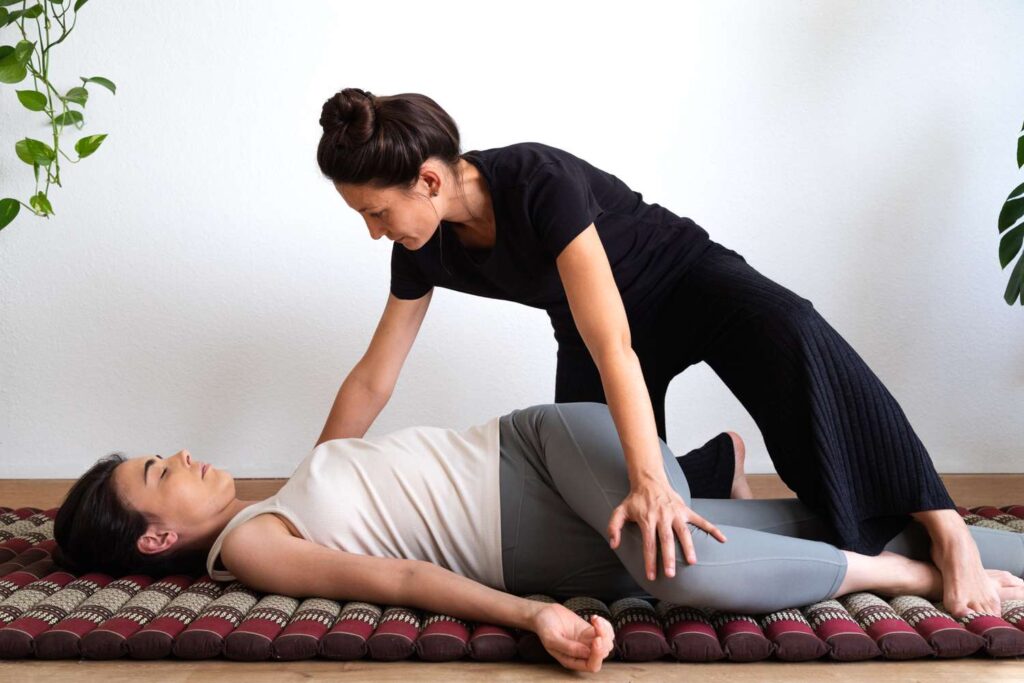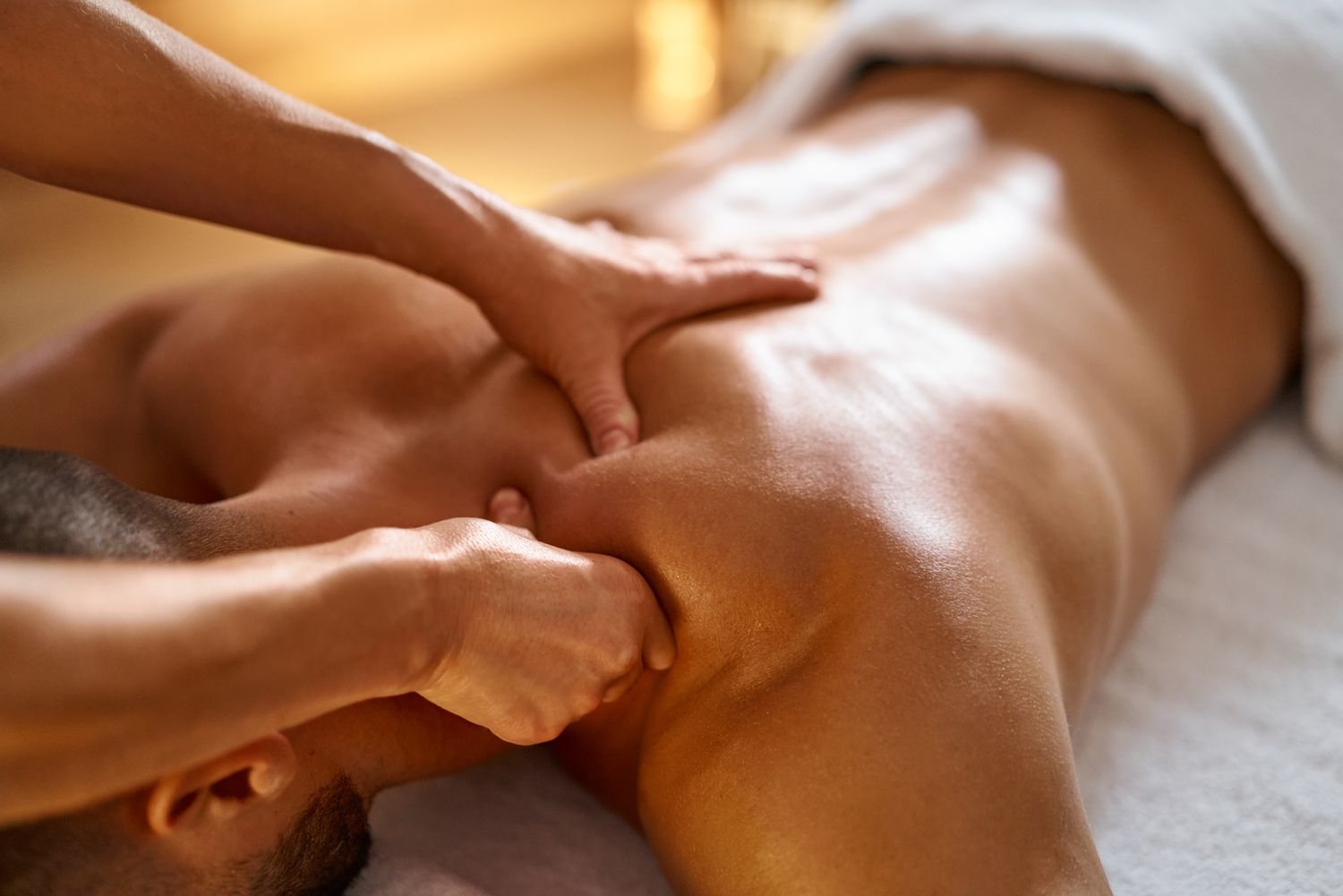Malaysia has been renowned for its rich cultural heritage which extends into the massage and wellness sector. Malaysia has a vast array of massage techniques influenced through Malay, Chinese, and Indian traditions, alongside modern spa treatments catering to tourists and locals alike. For those seeking relaxation, relief from tension in the muscles, or a holistic approach to treatment, Malaysia provides a massage experience that integrates traditional traditions with the latest wellness practices. The growing wellness market has made massages easier to access, with establishments ranging from luxurious spas that are luxury to traditional massage centers. Visitors often find that massages at Malaysia provide more than just physical relief, but an intense feeling of relaxation due to the distinctive techniques and natural remedies used in many treatments. Since Malaysia continues to promote its position as a place to relax and massage therapy is a major part of that, it plays a vital role in the promotion of overall health.
The traditional Malay massage, also referred to in the form of “urut,” is one of the most sought-after and well-known forms of massage practiced in Malaysia. Based on centuries-old practices of healing, this technique uses deep, rhythmic strokes combined with herbal-infused oils to stimulate the circulation of blood, ease muscular tension and facilitate general relaxation. Malay massage is usually connected with postnatal treatment, where new mothers undergo an array of treatments to help recover and replenish their energy. Utilizing medicinal herbs such as ginger, lemongrass, and betel leaf enhances the healing benefits of massage, providing warming to muscles and helping to detoxify. Many local massage therapists learn their skills through generational information passed down through family members, thus ensuring the authenticity of their work. Therefore, Urut is a popular therapy among those who value traditional methods of healing.
Chinese massage methods are deeply embedded in the Malaysian wellness culture, thanks to Malaysia’s large Chinese population. Tui Na is a type that involves deep tissue therapy which is focused on acupressure points is widely used to treat chronic pain and help restore balance to the body. Reflexology is another popular technique, relies on the premise that certain pressure points on the feet are connected to various organs and system within the body. Reflexology clinics are found across Malaysia and range from bustling shopping malls to quiet neighborhood health centers, which makes the practice a reasonable and easy option for many. There are many who turn to Chinese massage treatments not just for relaxation but for their proven benefits of increasing circulation, decreasing stress, and enhancing general well-being. Growing awareness about traditional Chinese therapy (TCM) has further contributed to the growing popularity of massage therapies in Malaysia.

Indian Ayurvedic massage is also establishing a presence in Malaysia especially among people looking for holistic balance and healing. The concept is based on Ayurveda which is an ancient Indian method of healing, Ayurvedic massages use warm natural oils as well as specific massages to cleanse the body and increase circulation. Therapies like Abhyanga, a full-body massage using oil, as well as Shirodhara, where warm oil is poured over the forehead to promote mental calm, are often provided at Ayurvedic wellness clinics. Numerous people opt for Ayurvedic massages to ease anxiety, relieve joint pain, and achieve the overall health they desire. The presence of an Indian community in Malaysia has contributed to the conservation and popularize these traditional therapies, making them available at dedicated Ayurvedic centers as well as mainstream wellness establishments. The holistic approach to Ayurveda remains popular with people who seek natural, long-term healing solutions instead of conventional treatments. For more information please Get More Information
Alongside these traditional techniques, modern spas in Malaysia have adopted international massage styles, offering the best between Western and Asian techniques. Luxury hotels, high-end resorts, and urban wellness centers offer various massage treatments, including Swedish massages, aromatherapy, as well as deep tissue therapy. Some of them incorporate the latest wellness technology including the use of hot stones, hydrotherapy, and sound healing, to enhance relaxation and rejuvenation. The modern spas concentrate on providing a full sensory experience with meticulously designed ambient lighting, soothing music as well as premium oils that lead to a state of deep rest. A blend of traditional and modern massage techniques allows visitors to experience the best of both worlds with a variety of needs and preferences. In a time when wellness tourism continues grow, the spa industry in Malaysia is a top attraction in international travellers looking for an indulgence and a relaxing getaway.
Massage therapy’s future in Malaysia is looking promising with growing demand for conventional and modern wellness practices. People are becoming aware of that massage therapy is not as just a leisure exercise, but as essential for maintaining general health and wellbeing. Massage therapy is increasingly being integrated into therapy into medical and rehabilitative care also highlights its value beyond relaxation, with physiotherapists and chiropractors incorporating massage into their plans for treatment. Furthermore, the growing popularity of the wellness industry in Malaysia is expected to drive forward the development of massage therapy, with new massage techniques and holistic methods for healing coming into use. Whether for stress relief, physical recovery, or pure relaxation, massages are offered in Malaysia remain an unique mix of traditional heritage and modern wellness, and are a vital part of the country’s vibrant wellbeing and wellness scene.
